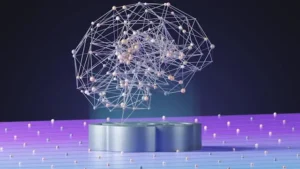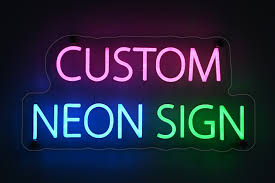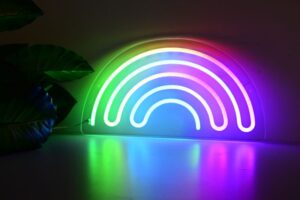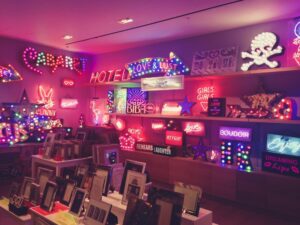In the realm of education, effective study techniques are essential for success. One such method that has stood the test of time is the use of flashcards. Flashcards offer a streamlined way to organize and review information, making study sessions more efficient and productive. Whether you’re a student, a professional preparing for a certification, or simply someone looking to learn a new skill, flashcards can be a game-changer in your study routine.
The Power of Flashcards
Flashcards are simple yet powerful tools. Each card typically has a question, term, or concept on one side and the answer or explanation on the other. This format encourages active recall, a process that strengthens memory and enhances learning. When you use flashcards, you’re not just passively reviewing information; you’re actively engaging with the material, which helps improve retention and understanding.
Why Flashcards Work
Several cognitive principles explain why flashcards are so effective:
- Active Recall: As mentioned, this process involves actively stimulating memory during the learning process. By trying to recall the answer before flipping the card, you strengthen neural connections, making it easier to remember the information later.
- Spaced Repetition: This technique involves reviewing flashcards at increasing intervals. Instead of cramming all at once, spaced repetition spreads out the learning process, which has been proven to improve long-term retention. Many digital flashcard apps incorporate this method automatically.
- Self-Assessment: Flashcards provide immediate feedback. When you check the answer, you can instantly assess whether you got it right or wrong. This immediate feedback loop helps identify areas where you need more practice.
- Engagement and Interaction: Flashcards make studying more interactive. This engagement can be particularly beneficial for students who find traditional study methods monotonous. The simple act of flipping a card can break the monotony and keep the mind alert.
How to Create Flashcards
Creating effective flashcards involves a bit more than just writing down terms and definitions. Here are some tips to ensure your flashcards are optimized for learning:
- Keep it Simple: Each flashcard should focus on a single concept or question. This keeps the information manageable and less overwhelming.
- Use Your Own Words: When possible, paraphrase information in your own words. This not only helps with understanding but also makes it easier to recall.
- Include Visuals: Adding images or diagrams can enhance memory, especially for visual learners. A picture can often explain a concept more effectively than words alone.
- Categorize and Color-Code: Organize flashcards by categories and use color coding to differentiate topics. This can help you quickly find and review specific sections.
- Incorporate Mnemonics: Mnemonics are memory aids that can make information more memorable. Consider incorporating them into your flashcards where applicable.
Digital vs. Physical Flashcards
With the advent of technology, digital flashcards have become increasingly popular. There are several advantages to using digital flashcards:
- Portability: Digital flashcards are accessible from anywhere, provided you have a smartphone, tablet, or computer. This means you can study on the go, during a commute, or while waiting in line.
- Spaced Repetition Algorithms: Many digital flashcard apps use algorithms to optimize spaced repetition, ensuring you review cards at the most effective intervals.
- Multimedia Integration: Digital flashcards can incorporate audio, video, and interactive elements, providing a richer learning experience.
- Ease of Sharing: Digital flashcards can be easily shared with study groups or classmates, facilitating collaborative learning.
However, physical flashcards also have their benefits:
- Tactile Engagement: The physical act of writing and handling cards can enhance memory. Some learners find that the tactile experience of flipping through cards helps reinforce the material.
- Customization: Physical flashcards can be highly customized with drawings, color coding, and personal notes, providing a more personalized learning tool.
- Minimal Distractions: Physical flashcards eliminate the potential distractions of digital devices, allowing for more focused study sessions.
Maximizing Your Flashcard Sessions
To get the most out of your flashcard study sessions, consider the following strategies:
- Regular Reviews: Make flashcard reviews a daily habit. Short, regular sessions are more effective than sporadic, lengthy ones.
- Mix It Up: Shuffle your flashcards regularly to avoid memorizing the order rather than the content.
- Active Engagement: Don’t just passively flip through cards. Try to explain concepts aloud, teach someone else, or write down what you remember before checking the answer.
- Track Progress: Keep track of which cards you find challenging and focus more on those. Digital apps often have built-in tracking features, but you can also create separate stacks for cards you need to review more frequently.
Conclusion
Flashcards are a versatile and powerful study tool that can streamline your study sessions and enhance your learning experience. By actively engaging with the material, utilizing spaced repetition, and incorporating multimedia elements, you can significantly improve your retention and understanding of the subject matter. Whether you choose to create flashcards digitally or physically, incorporating them into your study routine can lead to more efficient and effective learning. So, next time you’re preparing for an exam or learning a new skill, remember to create flashcards and unlock the full potential of your study sessions.






